About Us
Our highly skilled team is passionate, committed and dedicated to working towards better protection of Australia's unique wildlife and ecosystems from environmental pests, weeds and diseases.
About Us | Our people
Our Staff
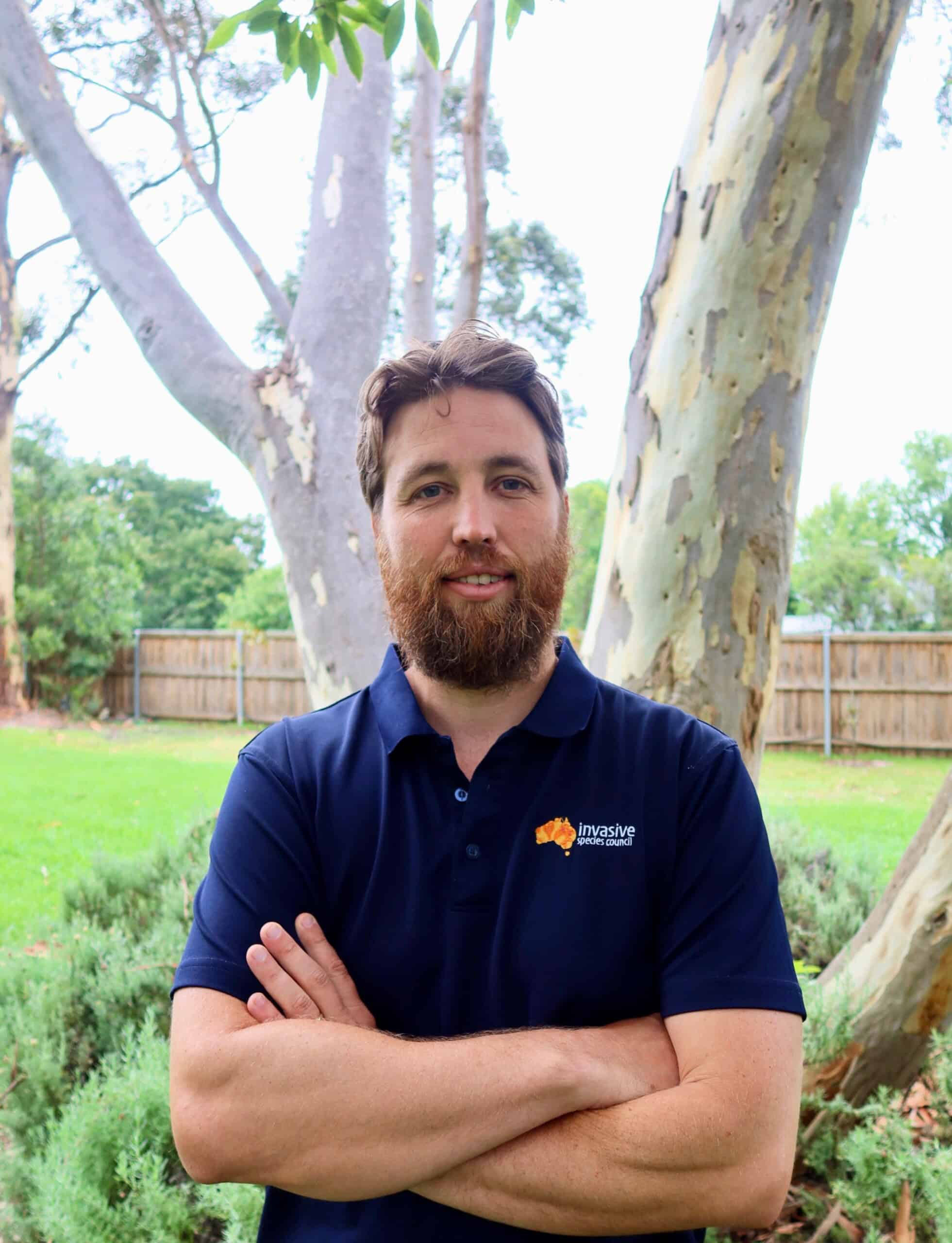
Jack Gough, CEO and Advocacy Director
Jack Gough is an experienced campaigner, policy analyst and environmental advocate who is passionate about the intersection between agriculture and conservation.
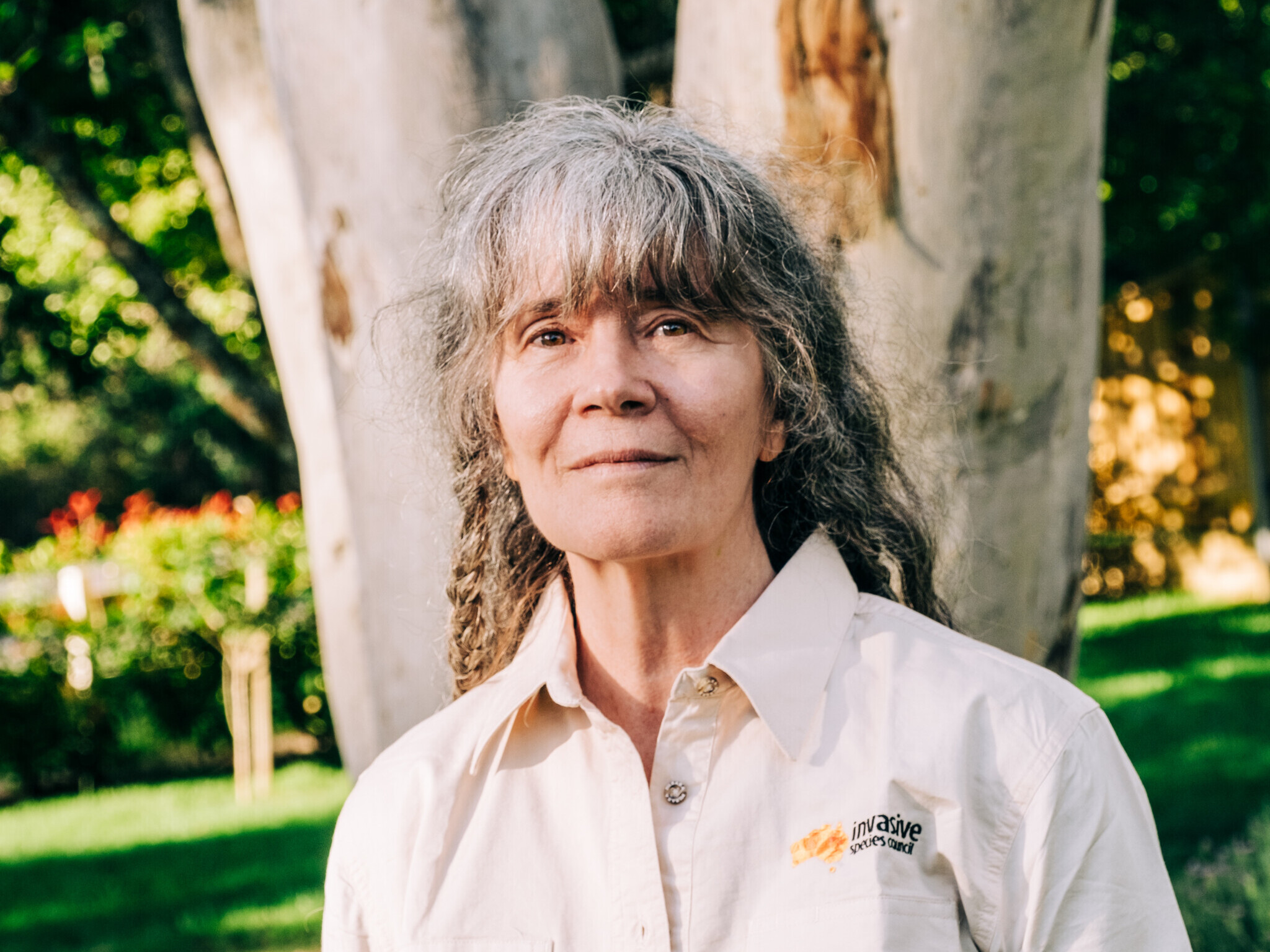
Dr Carol Booth, Policy Director
For Carol, biosecurity is one of the most vital, complex, neglected, challenging and fascinating areas of conservation, and she sees excellent potential for reform through her work with the Invasive Species Council.
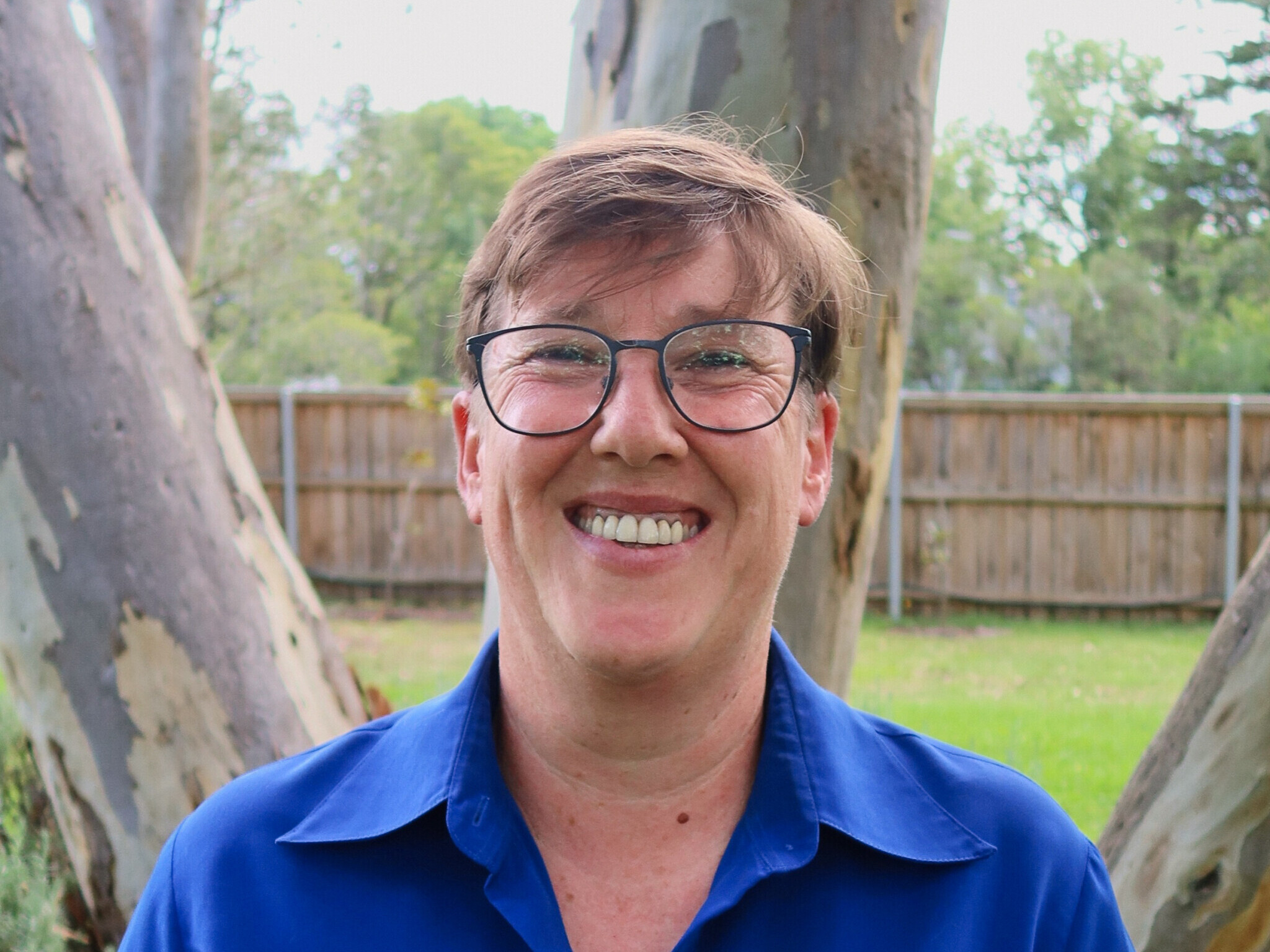
Imogen Ebsworth, Engagement Director
With a background in government, advocacy and policy, Imogen has brought deep strategic and policy expertise to roles in the public and not-for-profit sectors, shaping campaigns and driving bold reforms for over 20 years.

Amber Sprunt, Marketing and Development Director
Amber is a marketing professional, specialising in social marketing and fundraising for small and large environmental organisations.
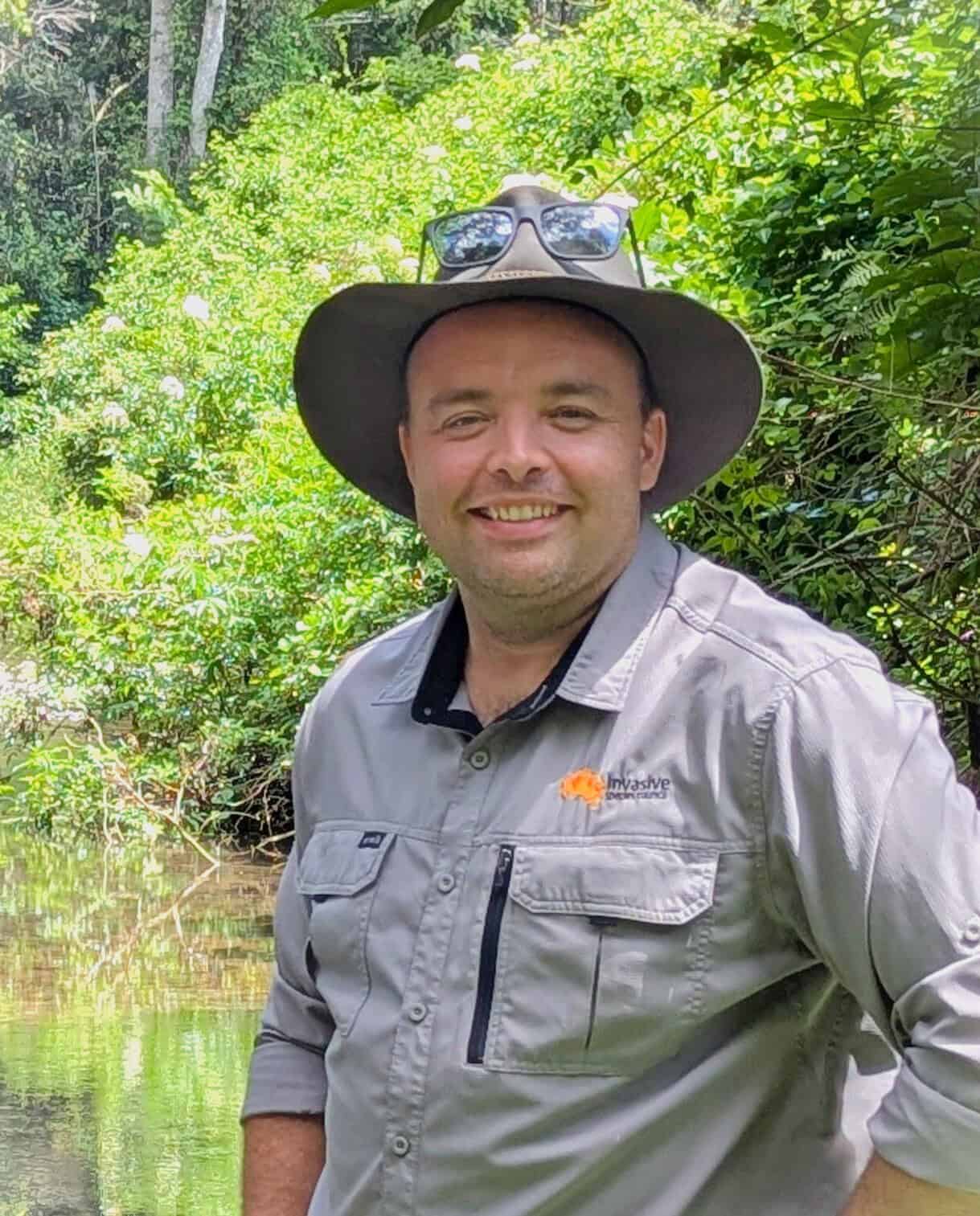
Reece Pianta, Queensland-based Advocacy Manager
As our Advocacy Manager, Reece is an experienced public policy campaigner in government and non-government roles.
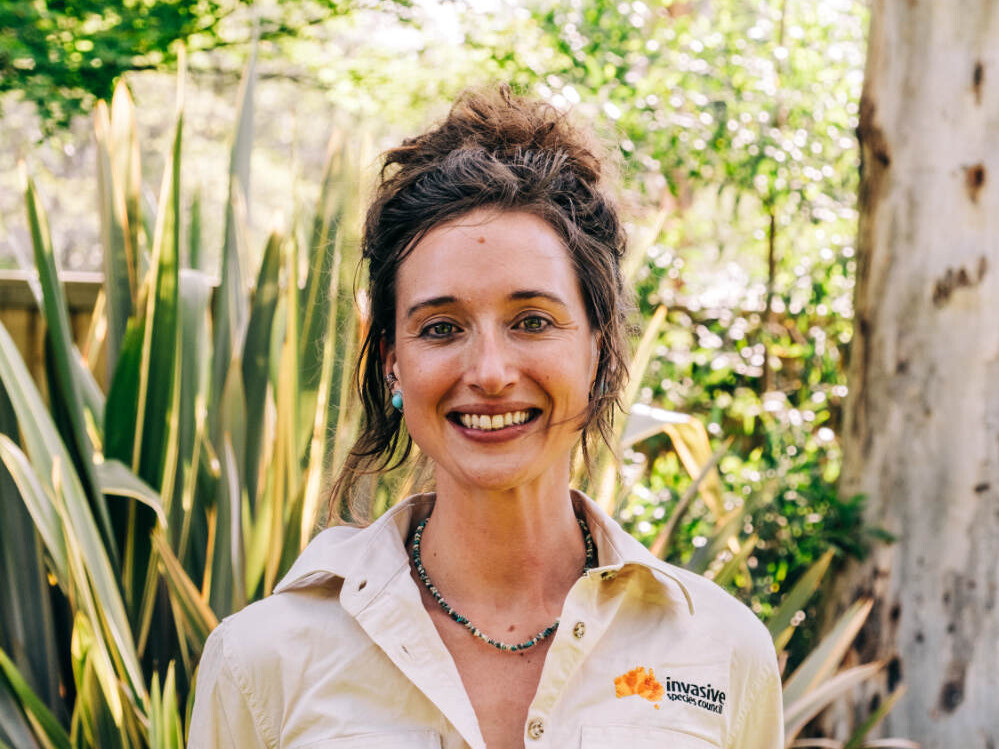
Dr Tiana Pirtle, Conservation Officer – Tasmania
Tiana is an ecologist with a passion for wildlife, conservation and improving scientific literacy.

Peter Jacobs, Victorian Deer Community Control Network Executive Officer
Peter Jacobs has an extensive background in conservation programs and is executive officer of the Victorian Deer Community Control Network.
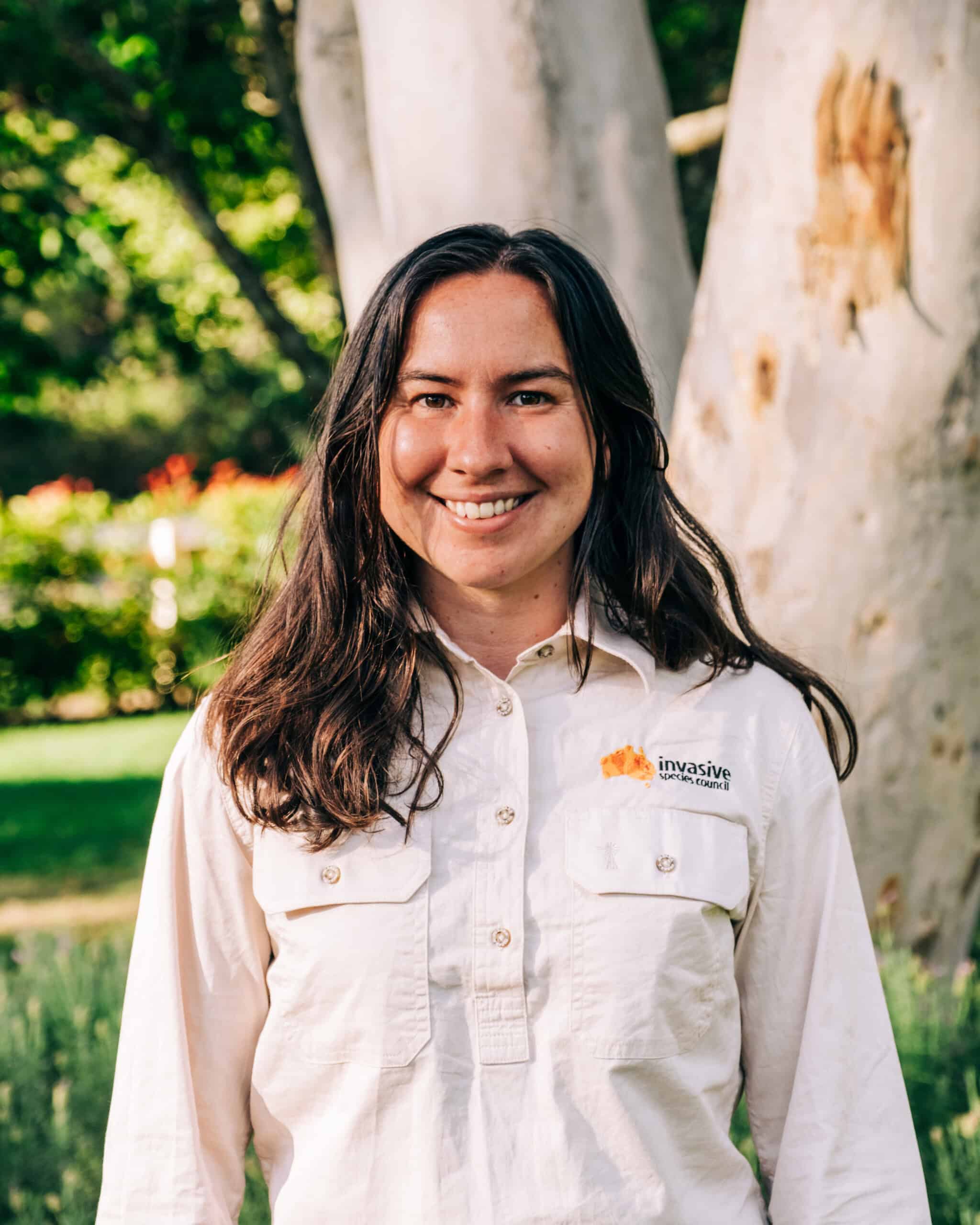
Kathleen Herbert, Community Organiser – Southern
Kathleen is a passionate community organiser dedicated to protecting Australia’s unique wildlife.
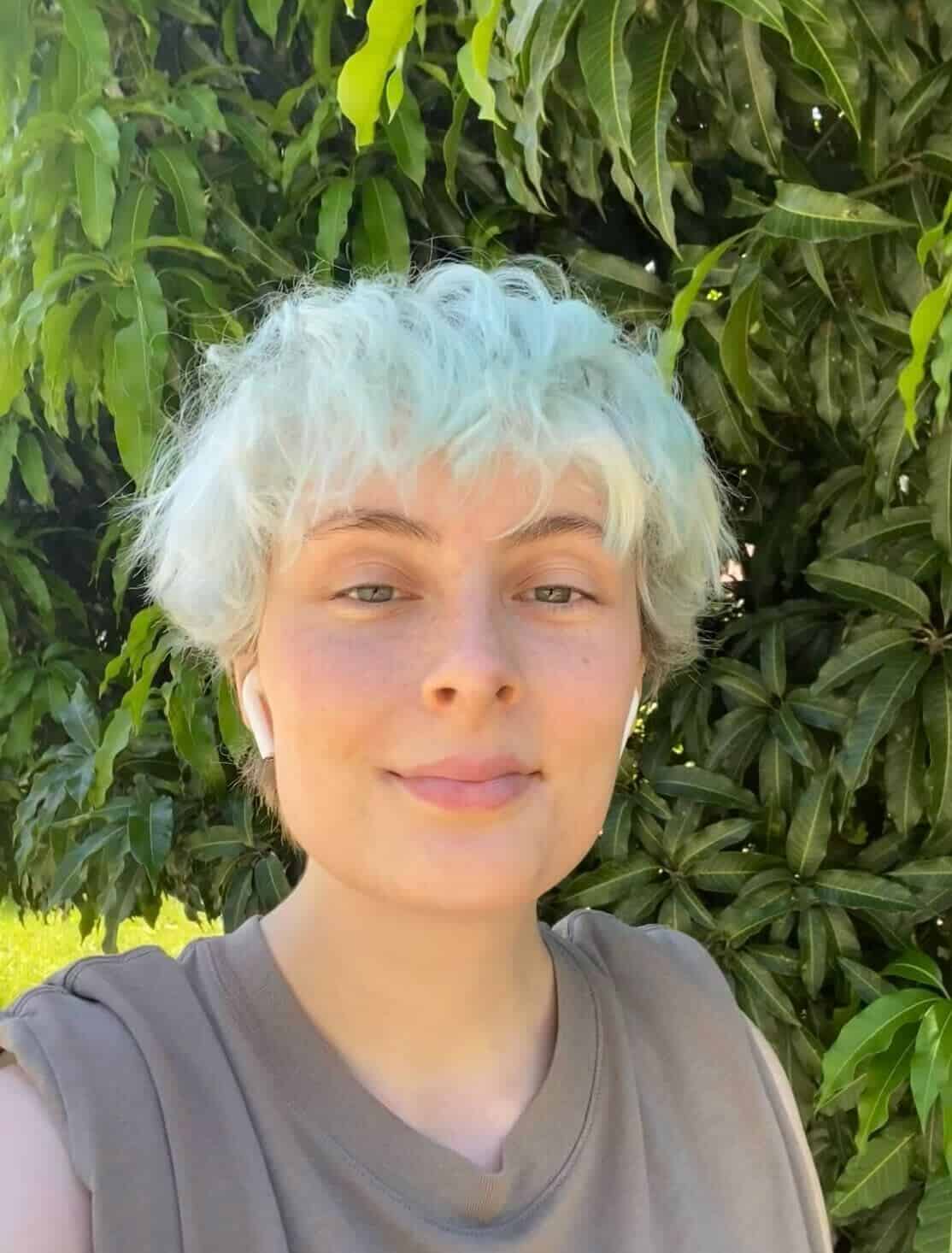
Thea Vass, Community Organiser – Northern
Thea is an experienced community organiser with a background in politics and electoral campaigns, both at home and abroad.
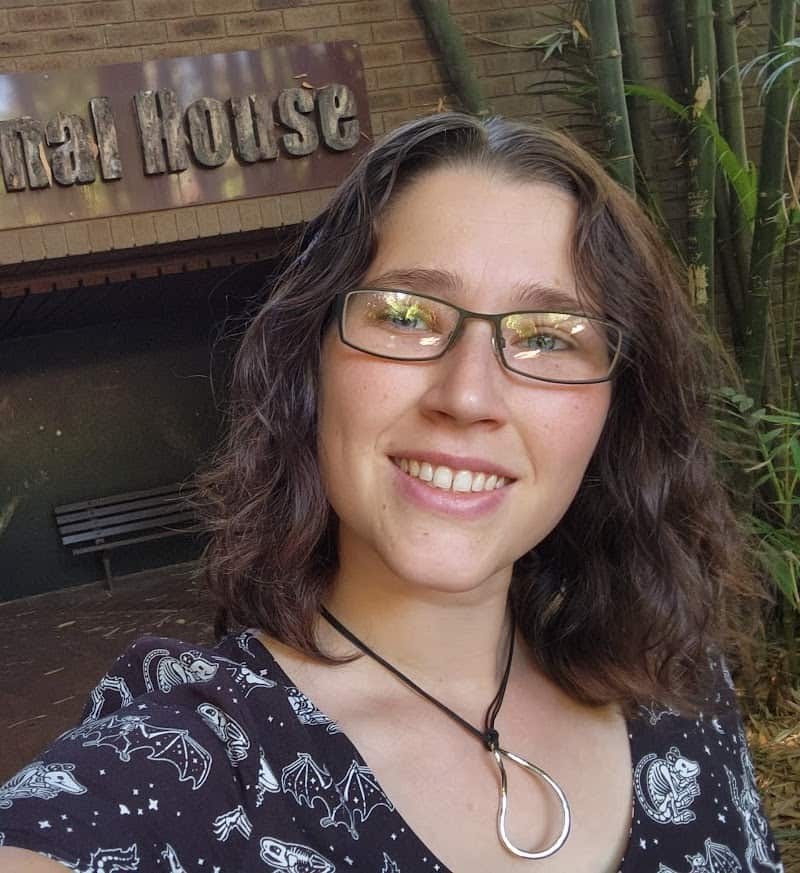
Alexandra Paton, Tasmanian Conservation Officer
Alexandra is a zoologist with a passion for invasive species management, wildlife monitoring, and science communication.
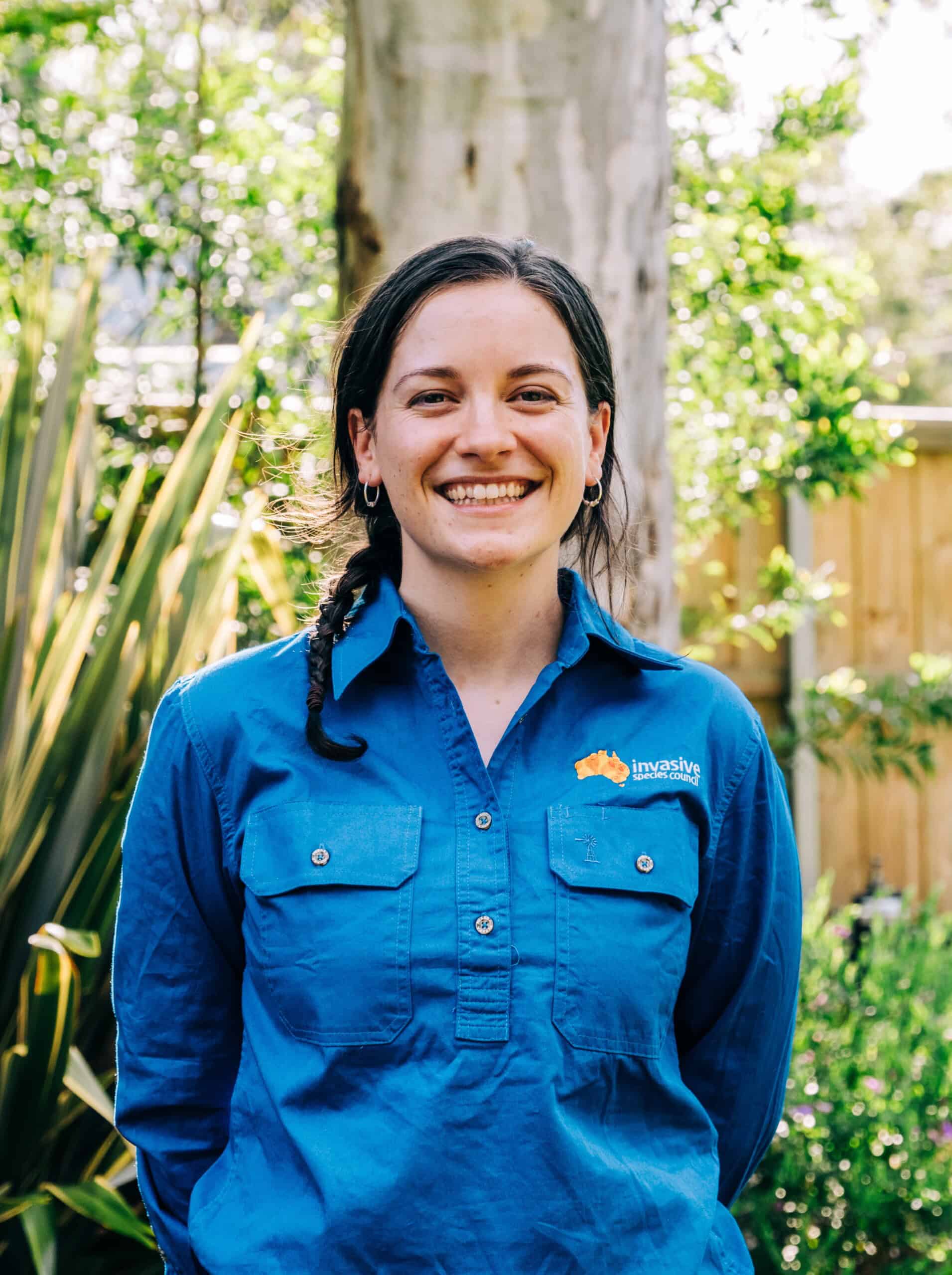
Jess Ward-Jones, Conservation Officer
Jess is an environmental scientist with a passion for solving practical and community based problems.

Heidi Fin, Marketing Manager
Heidi is an experienced digital marketer and communicator with a passion for nature, photography and social media.

Nicola Barton, Senior Media Officer and Writer
Nicola is a dedicated environmental advocate with over seven years of media experience.

Adam Bell, Senior Project Officer
Adam is an experienced campaigner and administrator who excels at project and systems management.

Lesley Parton, Database Officer
Lesley is the database officer, with extensive experience with websites and CRMs.
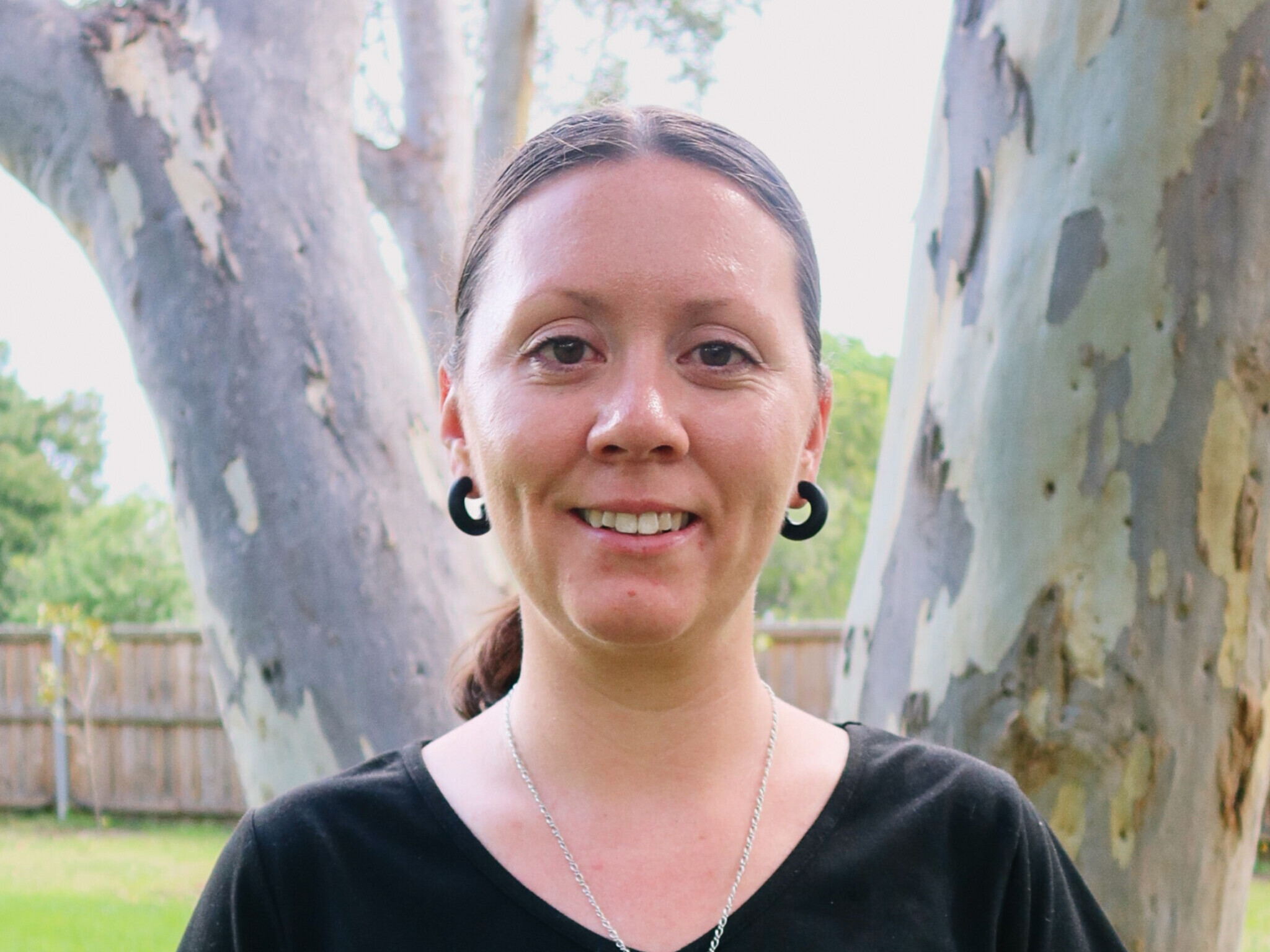
Kathryn Crawford, Administration Officer
Kathryn is a dedicated administrator with a love of helping people.

Noël Newton, Admin Officer
Noël is a visual artist with a background in teaching, administration and bookkeeping.






